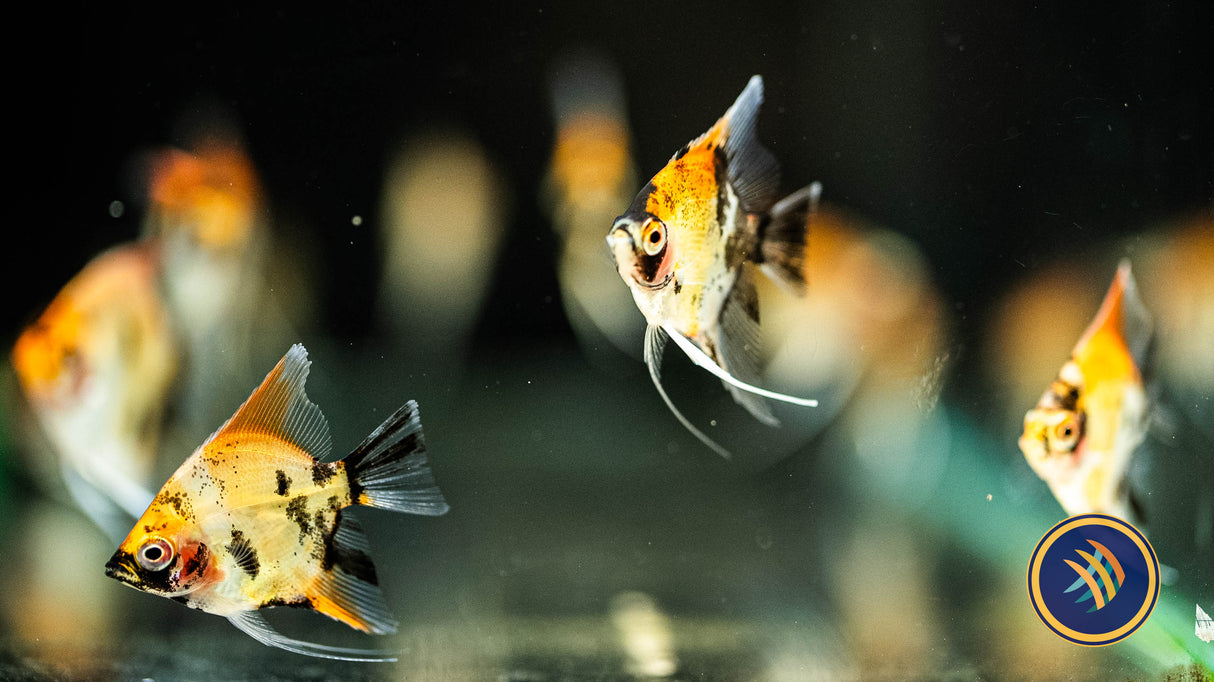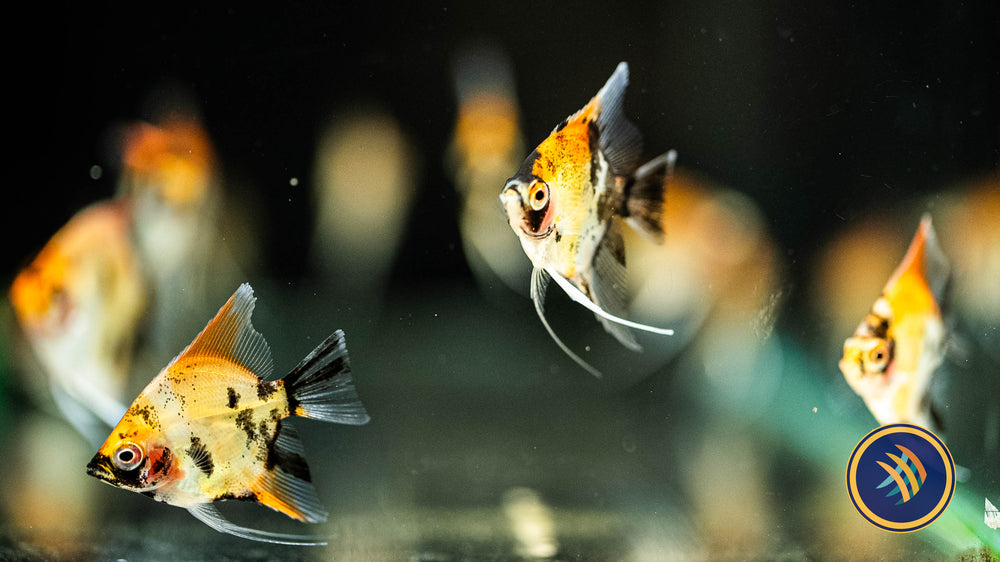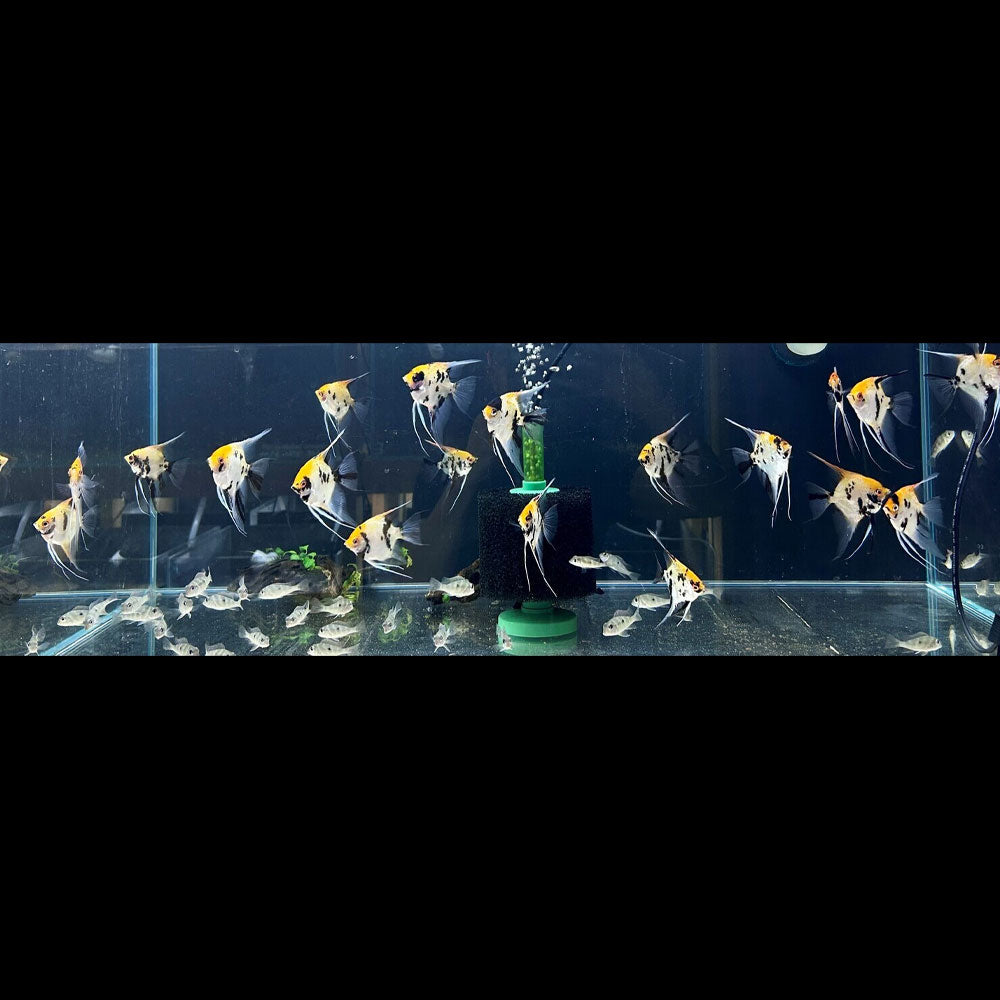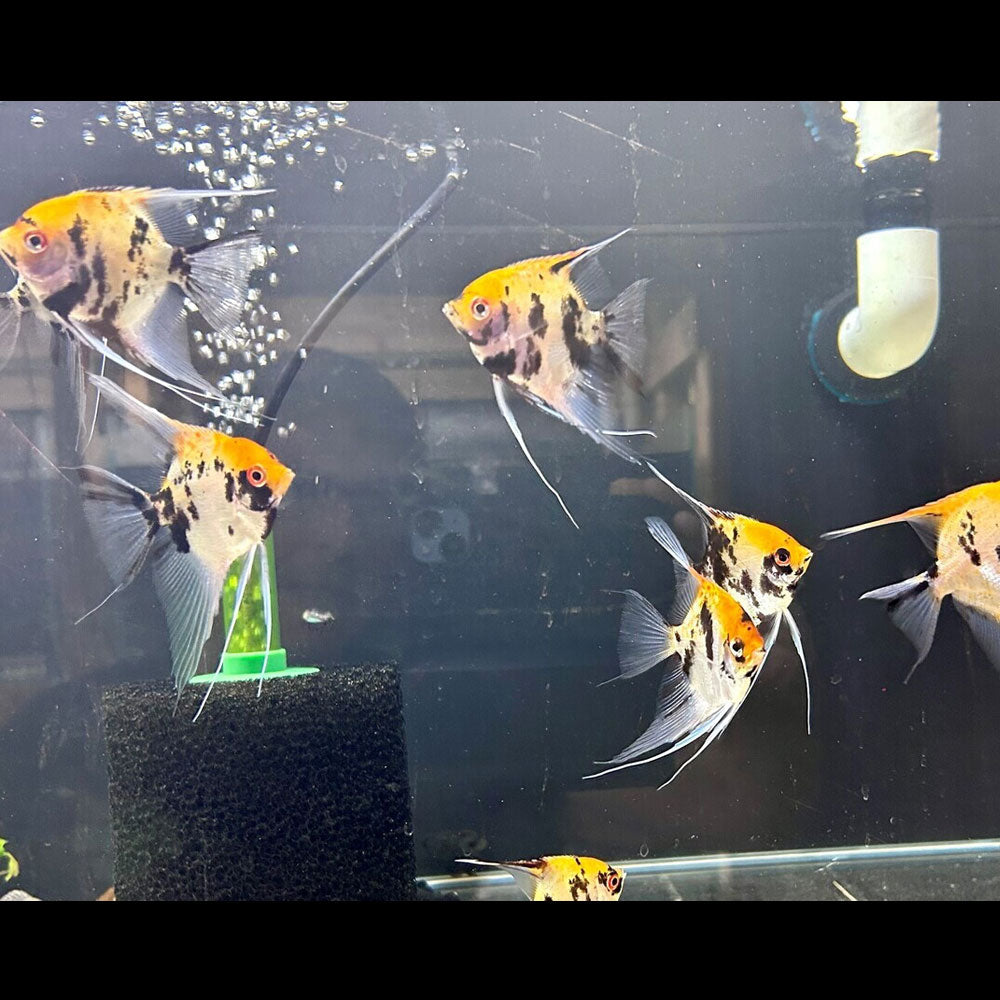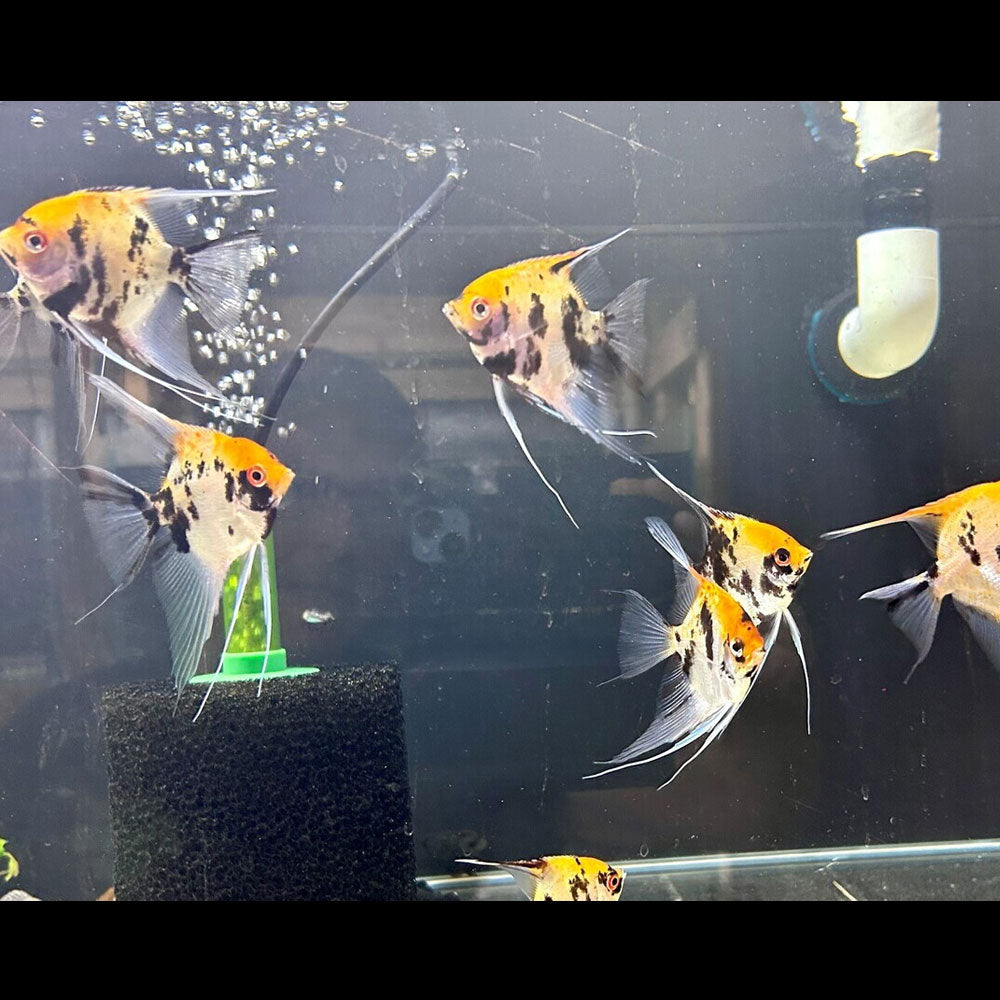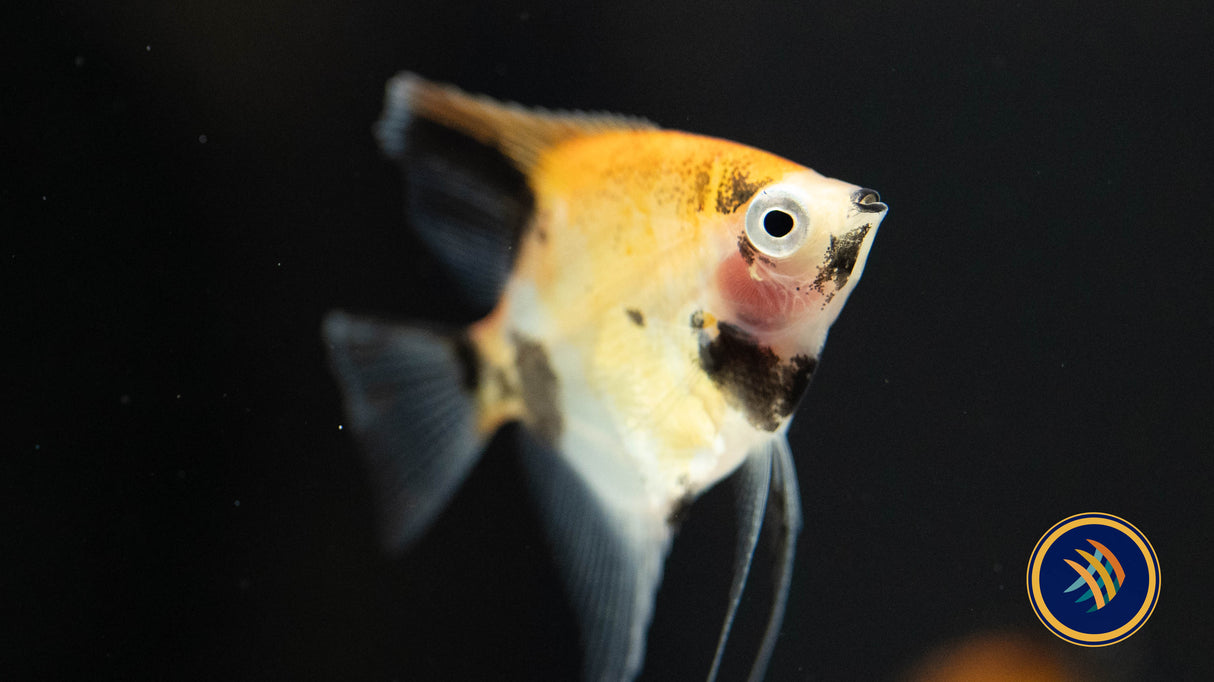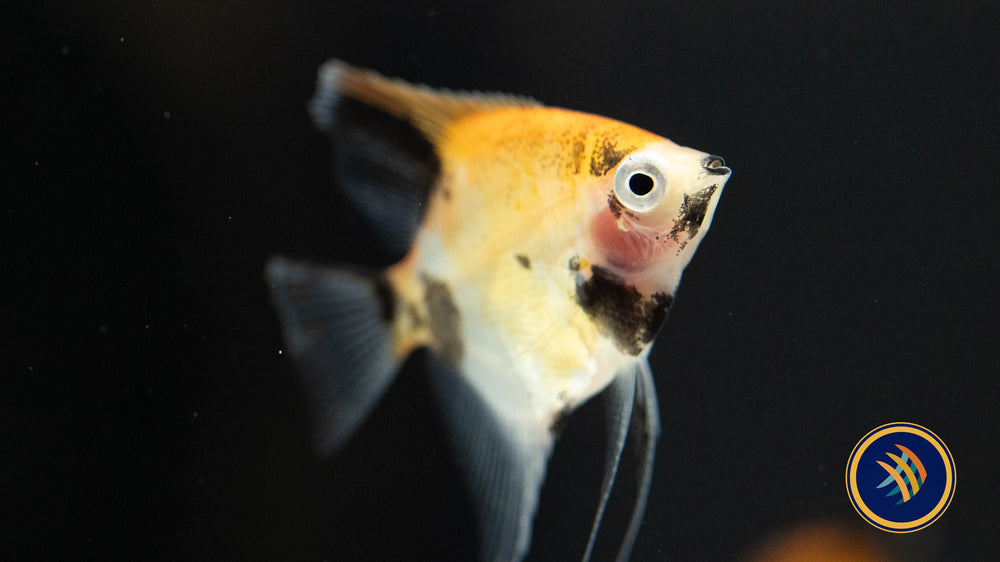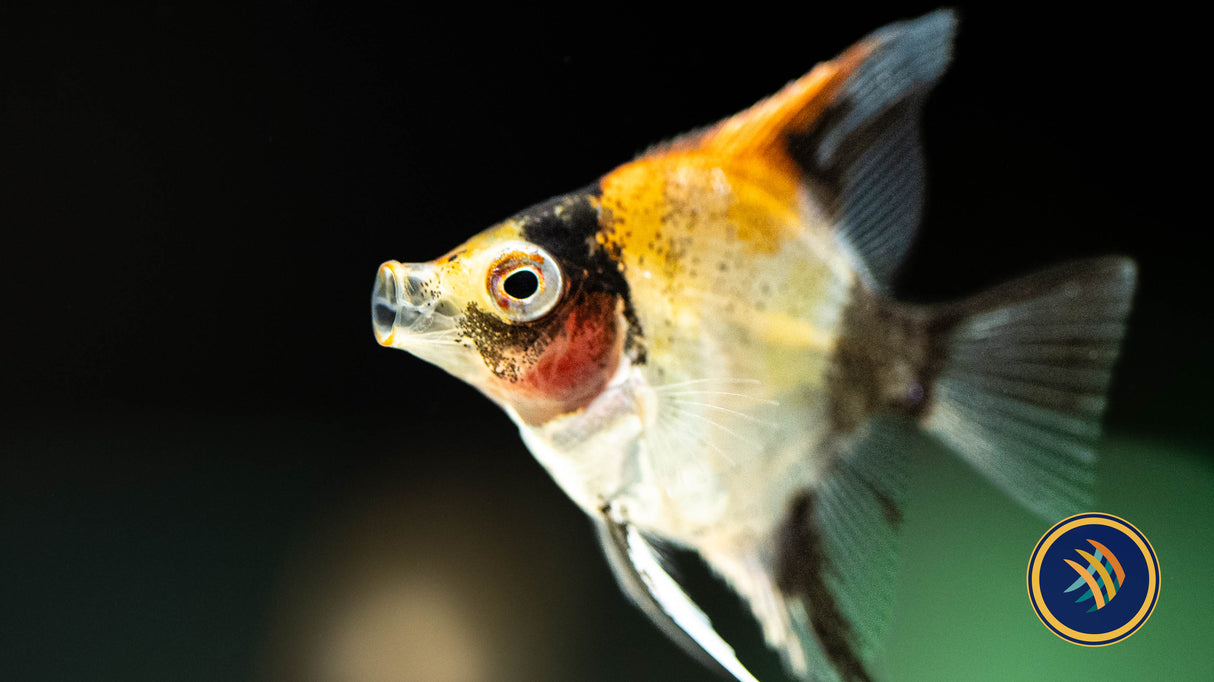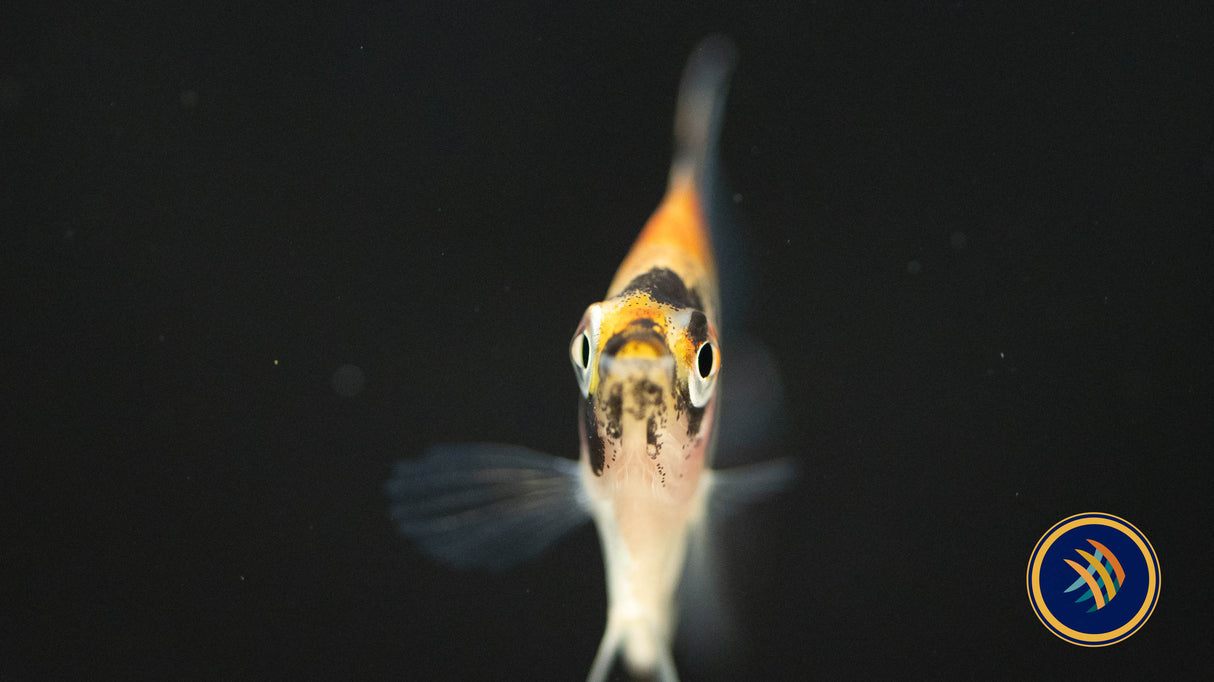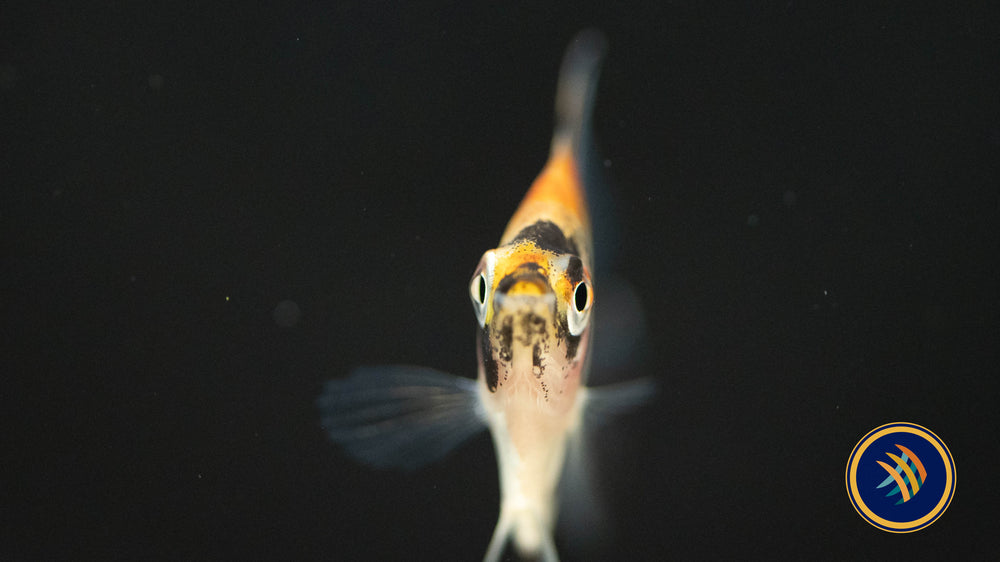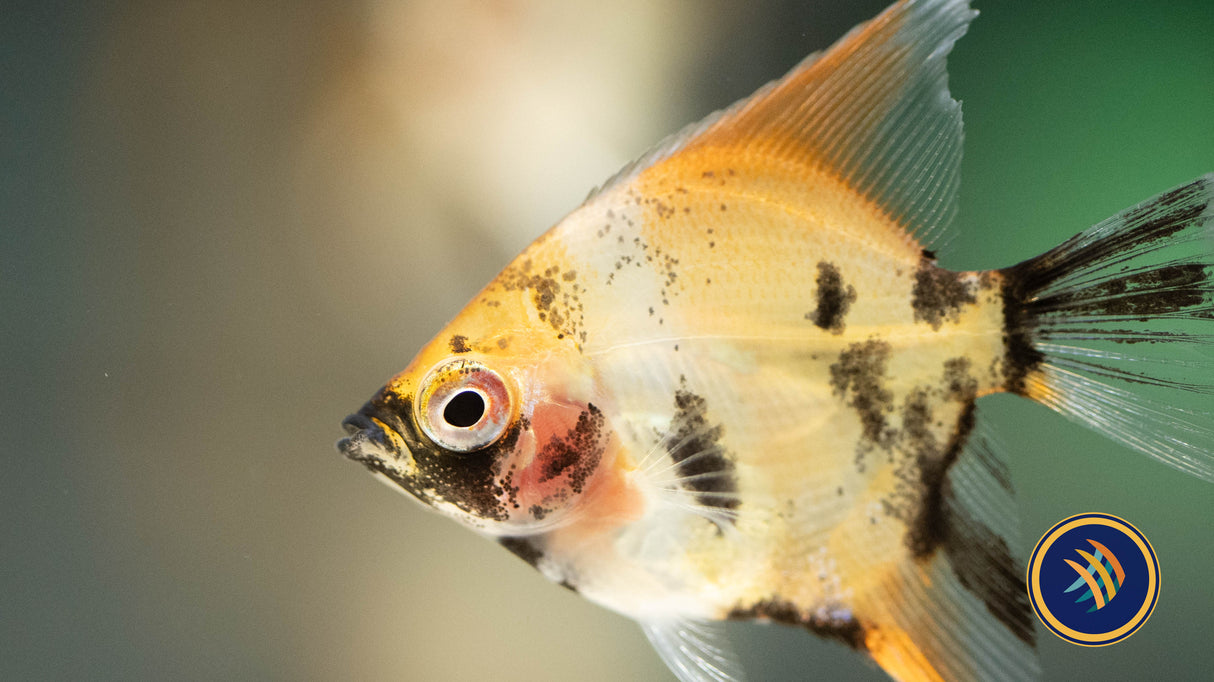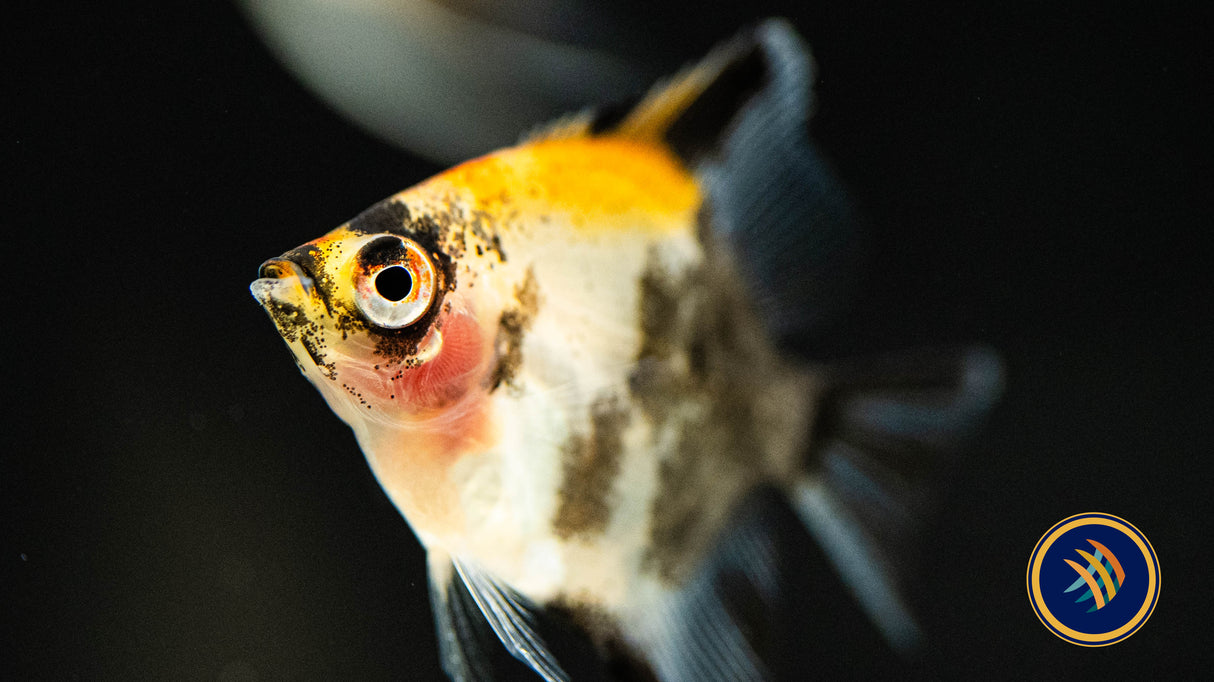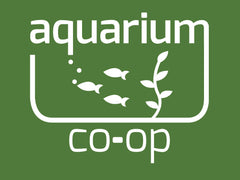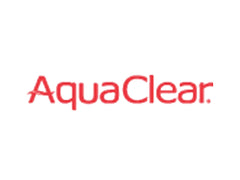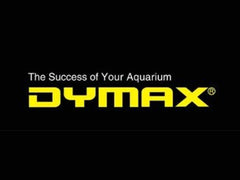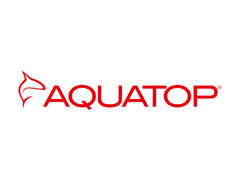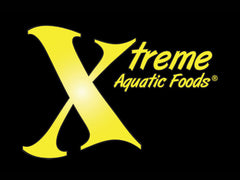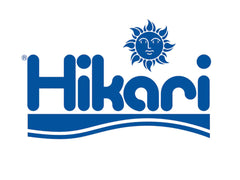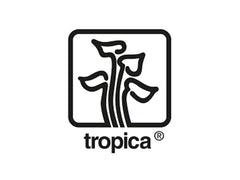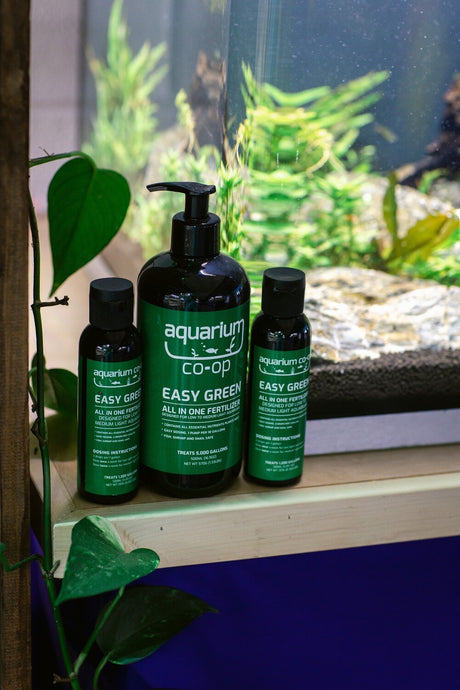Red Devil Angelfish (3-4 cm) (Premium Grade)
Red Devil Angelfish (3-4 cm) (Premium Grade) is backordered and will ship as soon as it is back in stock.
Delivery and Shipping
Delivery and Shipping
Product Refunds & Returns
- Returns can be processed within 14 days from purchase.
- To return products, they must be in original condition
- Shipping expenses are not refundable
- If your items have been damaged in shipping, please contact us within 24 hours of receipt with photos, and we will assist you.
Livestock Refunds, Returns, & Surrenders
- If you are unhappy with your livestock for any reason, you can bring it back within 72 hours for a full refund; we do not pick up returns
Red Devil Angelfish (3-4 cm) (Premium Grade)
Description
Description
Red Devil Angelfish @yourlocalfishstore Vancouver
The Red Devil Angelfish is a popular and striking variant of the Pterophyllum scalare species, known for its vibrant red coloration and long, flowing fins. It's a subcategory of the Angelfish family, native to the Amazon River basin in South America.
-
Temperature: Red Devil Angelfish thrive in tropical temperatures, ideally between 75°F to 82°F (24°C to 28°C).
-
Minimum Tank Size: A single Red Devil Angelfish requires a tank size of at least 20 gallons (75 liters). However, they are best kept in larger tanks to provide ample space for swimming and to accommodate potential tank mates. For a schooling group, a larger tank, around 30 gallons (113 liters) or more, is recommended.
Feeding Habits: Red Devil Angelfish are omnivorous and enjoy a varied diet. They will eat flakes, pellets, frozen or live foods like bloodworms, brine shrimp, and small insects. It's beneficial to provide a balanced diet to ensure their health and vibrant coloration.
Habitat Preference: In the wild, they inhabit slow-moving waters of the Amazon River, among densely planted areas with driftwood and leaf litter. Therefore, in an aquarium setup, simulating this environment with plants, driftwood, and suitable hiding spots is beneficial for their well-being.
Water pH Level: They prefer slightly acidic to neutral water conditions, with a pH range between 6.5 to 7.5.
Behavior: Red Devil Angelfish are generally peaceful but can become territorial during breeding or if they feel their space is threatened. They might exhibit some aggression towards other fish, especially if their territory is invaded or if they're not kept in an adequately sized tank.
They are known to form pairs or small groups. However, their compatibility greatly depends on the individual fish's temperament. Some may prefer to be solitary while others can be kept in groups, especially if introduced at a young age.
Other Details: Regular water changes and maintenance are crucial for their health. Providing a balanced diet and suitable tank mates will promote their overall well-being. Also, maintaining stable water parameters and ensuring good water quality is essential.
Remember, while these guidelines are generally recommended, individual fish may have specific needs or temperaments, so observing and adjusting care accordingly is important for their welfare.
Specifications
Specifications
-
CategoryCichlids
-
Species TypeAngelfish
-
Water Temperature
-
Minimum Tank Size20 Gallons
-
Water pH LevelAcidic, Neutral
-
Habitat PreferenceDriftwood, Hiding Spots, Planted Tanks, Sandy Tanks
-
BehaviourSemi-aggressive, Community Fish, Solitary
Payment & Security
Payment methods
Your payment information is processed securely. We do not store credit card details nor have access to your credit card information.

